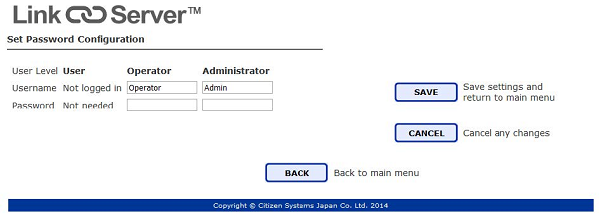•PC866U Ukraina*1 / •PC Cyrillic /
•ISO 60 Danish/Norwegian / •Desk Top /
•ISO 8859/1 Latin 1 / •ISO 8859/2 Latin 2 /
•ISO 8859/9 Latin 5 / •ISO 8859/10 Latin 6 /
•ISO 8859/7 Latin/Greek / •ISO 8859/15 Latin 9 /
•ISO 8859/5 Latin/Cyrillic / •ISO 69:French /
•ISO 21:German / •ISO 15:Italian / •Legal, Math-8 /
•Macintosh / •Math / •PC-858 Multilingual /
•Microsoft Publishing / •PC-8 / •Code Page 437 /
•PC-8 D/N / •Code Page 437N / •PC-852 Latin 2 /
•PC-851 Latin/Greek / •PC-862 Latin/Hebrew /
•Pi Font / •PC-850 Multilingual /
•PC-864 Latin/Arabic / •PC-8 TK / •Code Page 437T /
•PC-1004 / •PC-775 Baltic / •Non-UGL /
•Generic Pi Font / •Roman-8 / •Roman-9 /
•ISO 17:Spanish / •ISO 11:Swedish / •Symbol /
•PS Text / •ISO 4:United Kingdom / •ISO 6:ASCII /
•Ventura International / •Ventura Math / •Ventura US /
•Windows 3.1 Latin 1 / •Wingdings /
•Windows 3.1 Latin 2 /
•Windows 3.1 Baltic (Latv, Lith) /
•Windows 3.0 Latin 1 /
•Windows Latin/Cyrillic /
•Windows 3.1 Latin 5
















 Warning
Warning






































































































































